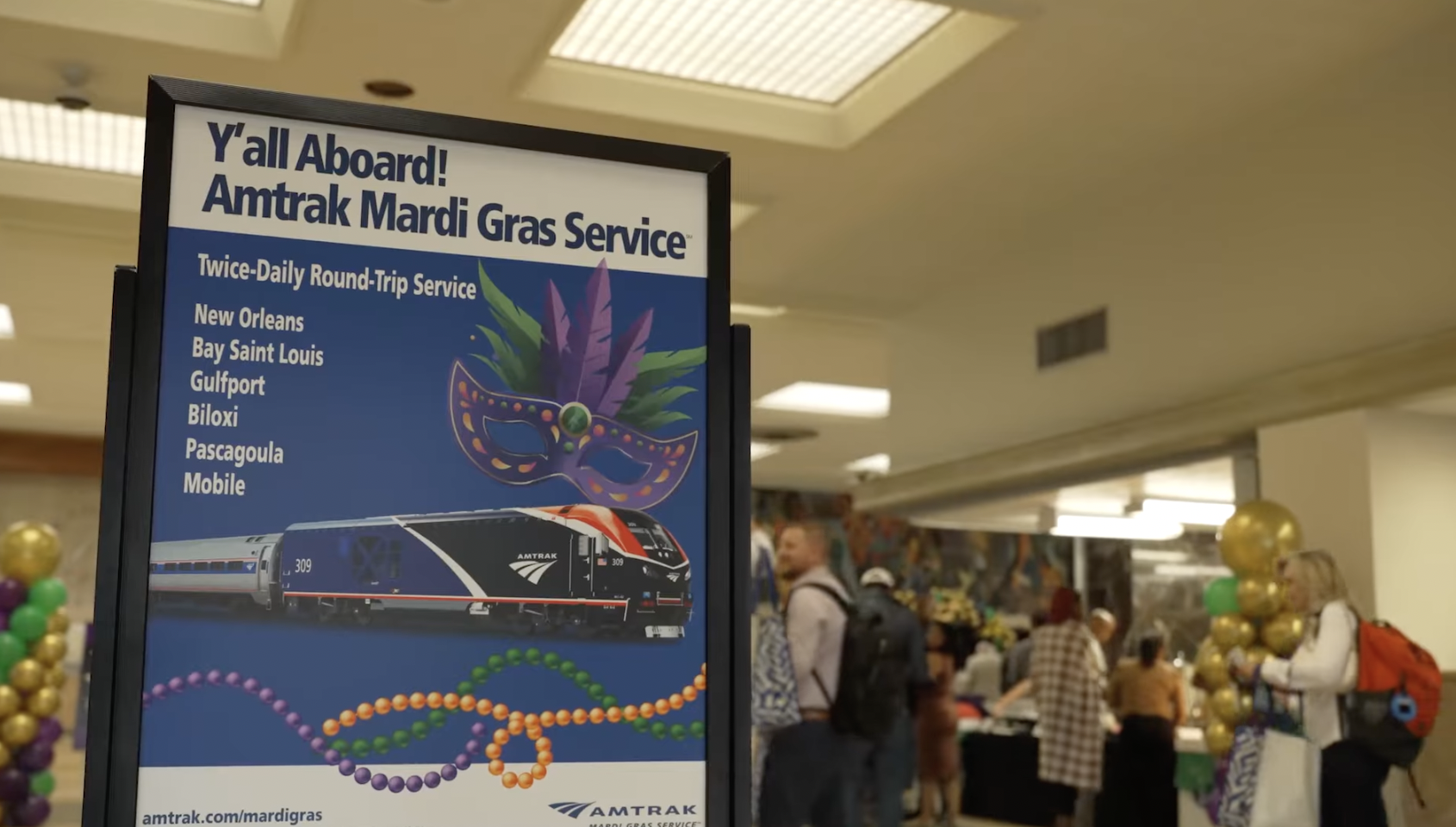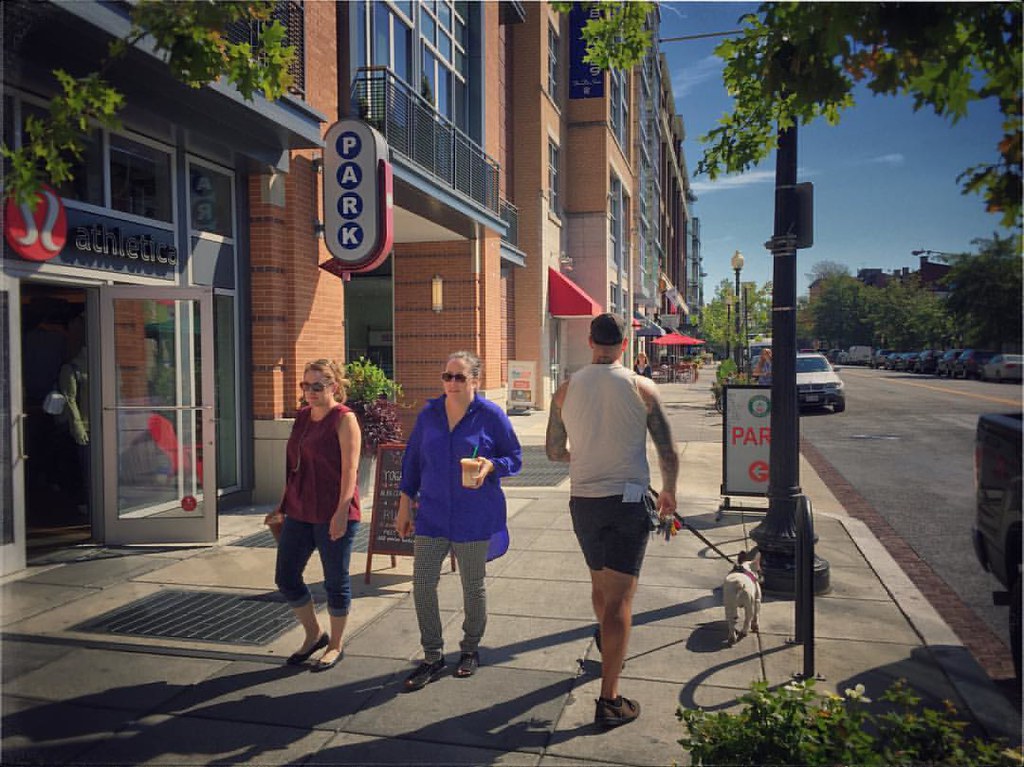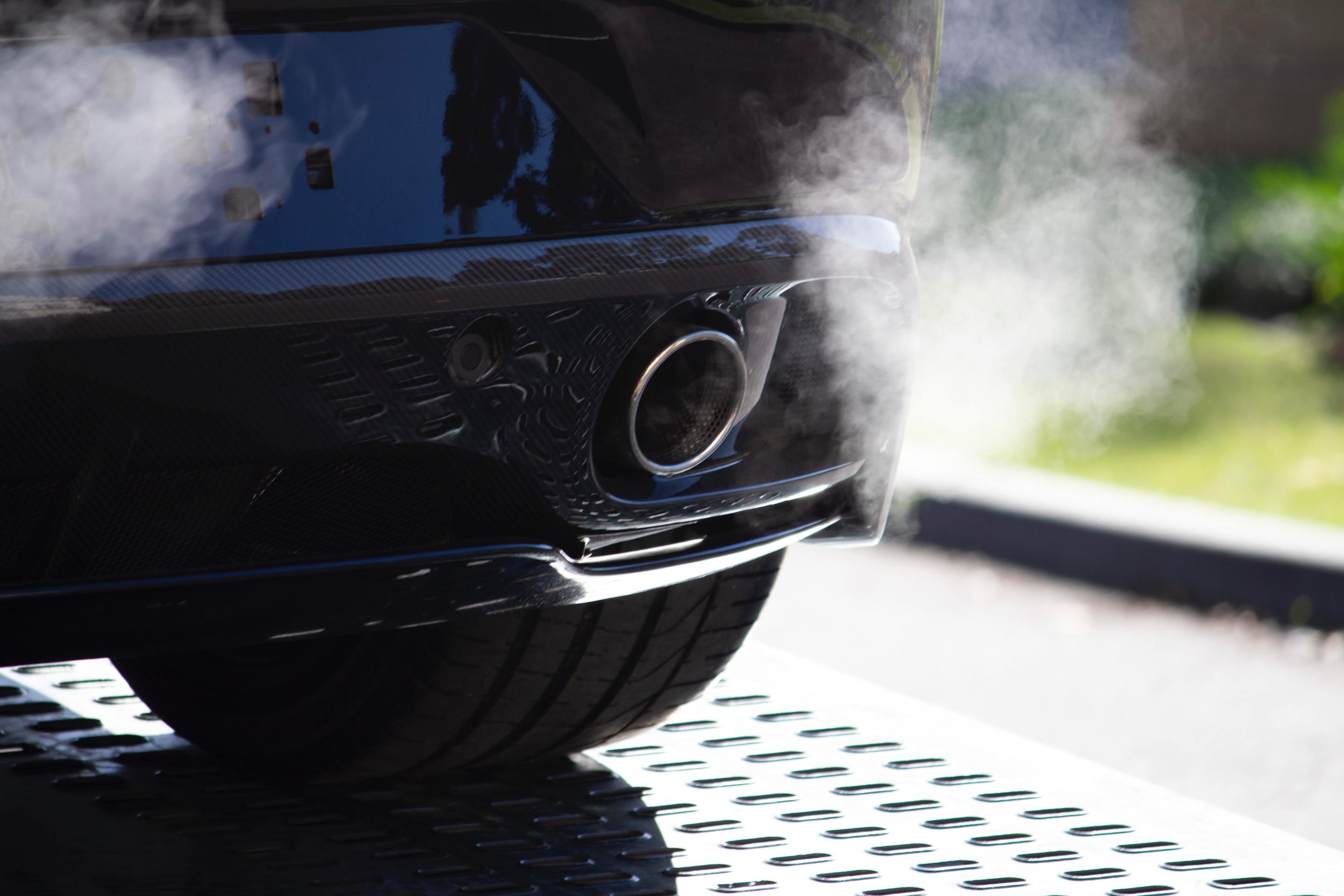Being poor anywhere is hard — but in Ohio, a lack of transit forces families to choose between housing they can't afford and long, exhausting commutes keeping them from their loved ones, a new study reveals.
The Ohio Association of Community Action Agencies annual State of Poverty Report shows that counties with good affordable housing have fewer jobs paying a living wage and lack reliable public transit that could at least connect workers to opportunities. Meanwhile, counties with better access to transportation and jobs have housing that's simply unaffordable.
"These factors have left families to make difficult and life-changing choices: move or stay where the jobs are, where the transportation is, or where housing is available," Philip Cole, the group's executive director wrote in the report. "We believe Ohioans shouldn’t have to choose which obstacle to conquer and that they can overcome whatever is standing in the way of reaching their fullest potential."
The average commute for Ohioans is 24 minutes one-way, which is reasonable enough get to work.
But for the nearly 400,000 households without a vehicle, and over 1.5 million households with access to only one car, public transit remains the only viable option — even if it's a lengthy one and the housing near a bus line are expensive.
Workers in the Cincinnati metropolitan area for instance, can only reach 10 percent of jobs by public transit in under an hour and in northeast Ohio, workers can get to fewer than 10 percent of regional jobs in less than 90 minutes, the report found.
Those living further down on notches along the state's Rust Belt face even longer commutes to decent jobs that can cover their housing costs. Or they lose out on certain jobs or opportunities to gain new skills because they're spending so much time commuting.
Ohioans in nearly a third of the state's 88 counties, roughly 1 million people, do not have any access to public transportation, and half of the state's 11.7 million residents commute across cross county lines to their jobs, the report found.
Low-income Ohioans who aren't near public transit have instead had to deplete their limited bank accounts for a vehicle while shelling out cash for their rent or mortgages.
That's a hefty cost for the state's 589,150 homeowner households and 678,101 renter households who are cost-burdened, or spending 30 percent or more of their income on housing costs.
“The average wage for a renter in Ohio is $1.93/hour less than the minimum needed to afford rent for a two-bedroom apartment,” according to researchers.
Another option in rural counties without bus routes has been curb-to-curb transit service, an on-call system where you schedule rides, but there are limitations to the service.
"Usually appointments are pre-scheduled but they're not as reliable," said OACAA spokeswoman Kathryn Clausen. "The issue is having to pre-schedule with an emergency or if your car breaks down and you need repairs. Now you have to schedule out."
Ohio could invest more its bus network across counties to take people from where they work to where they live, or consider adding light rail, which Clausen says would be "amazing."
The state's long-term transportation plan, Access Ohio: 2045 is expected to be completed by the end of 2019.






